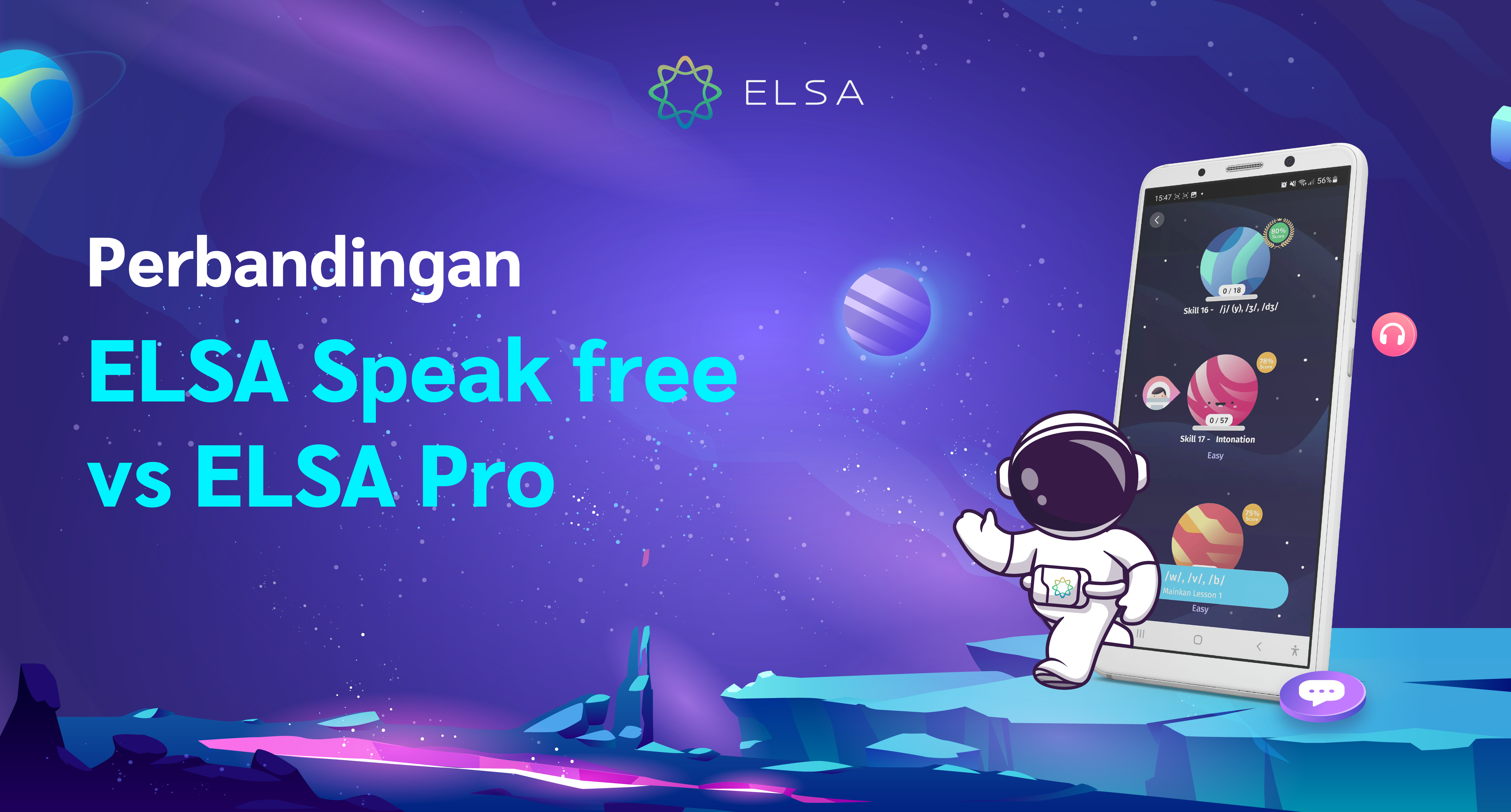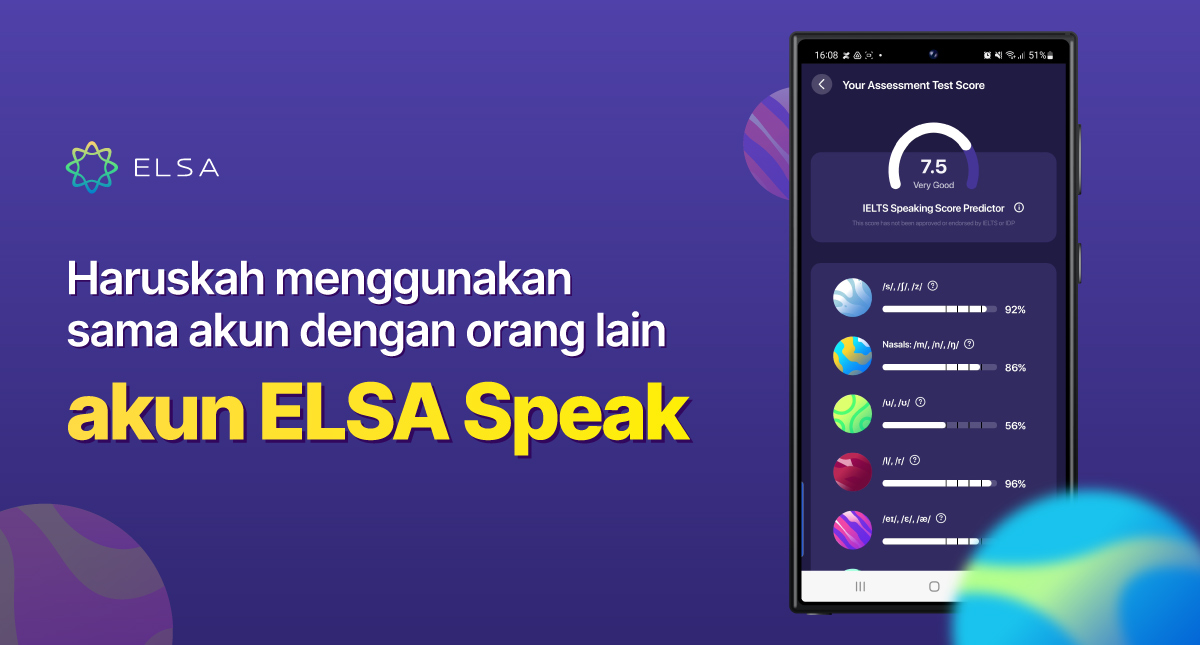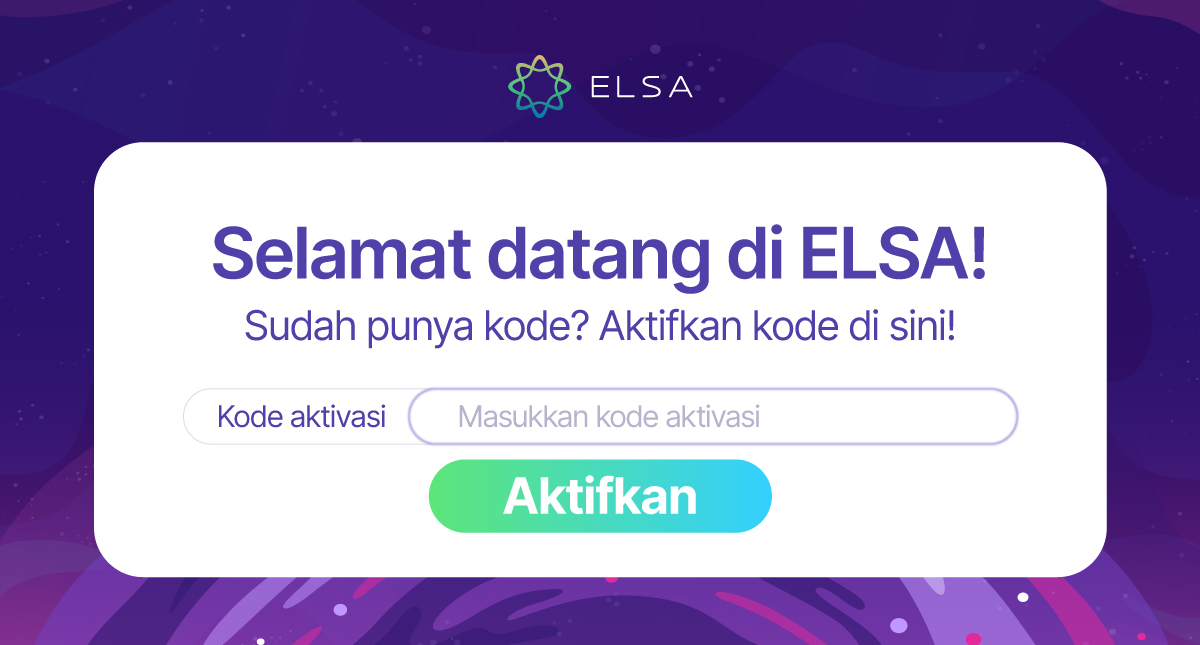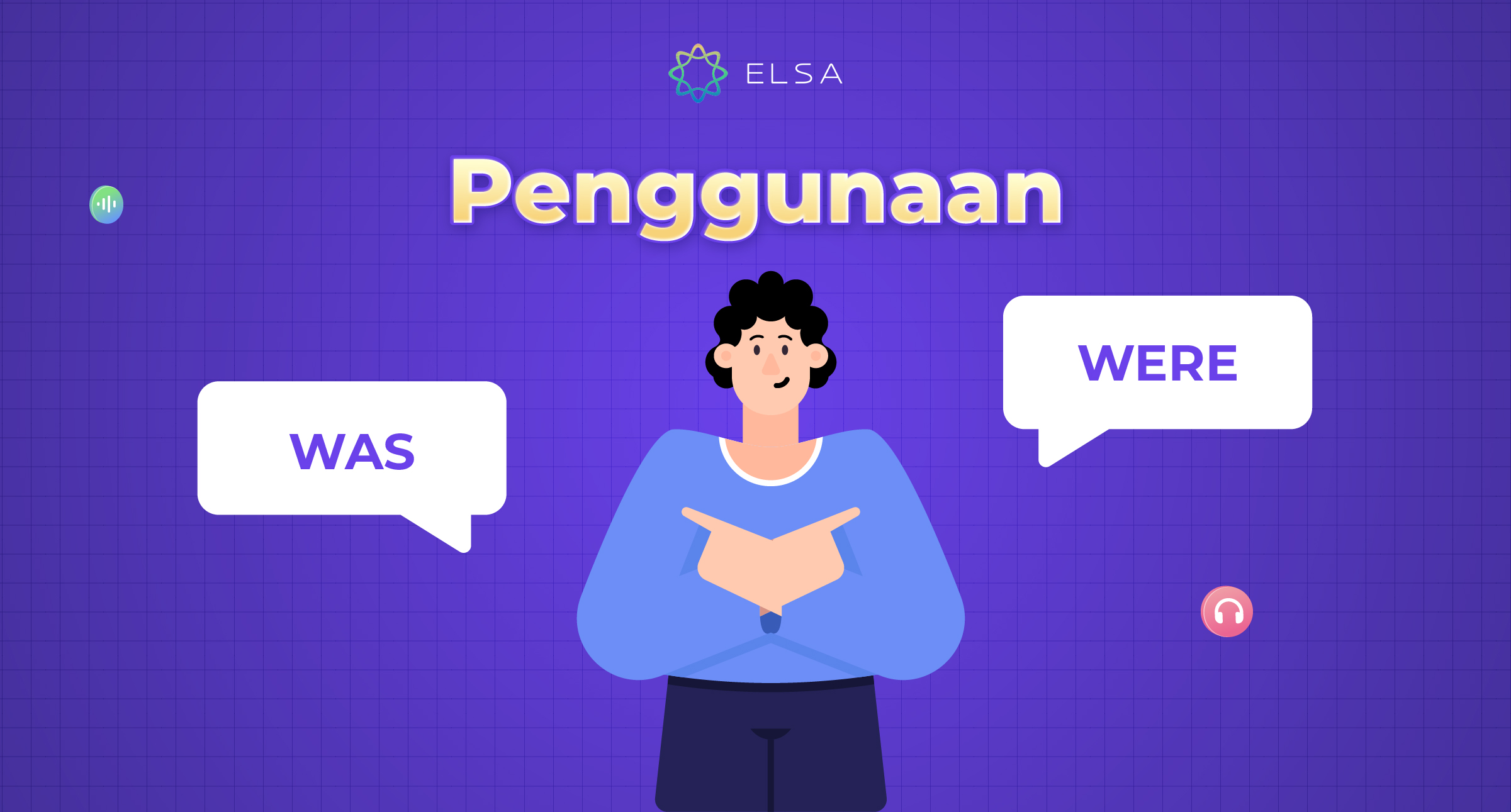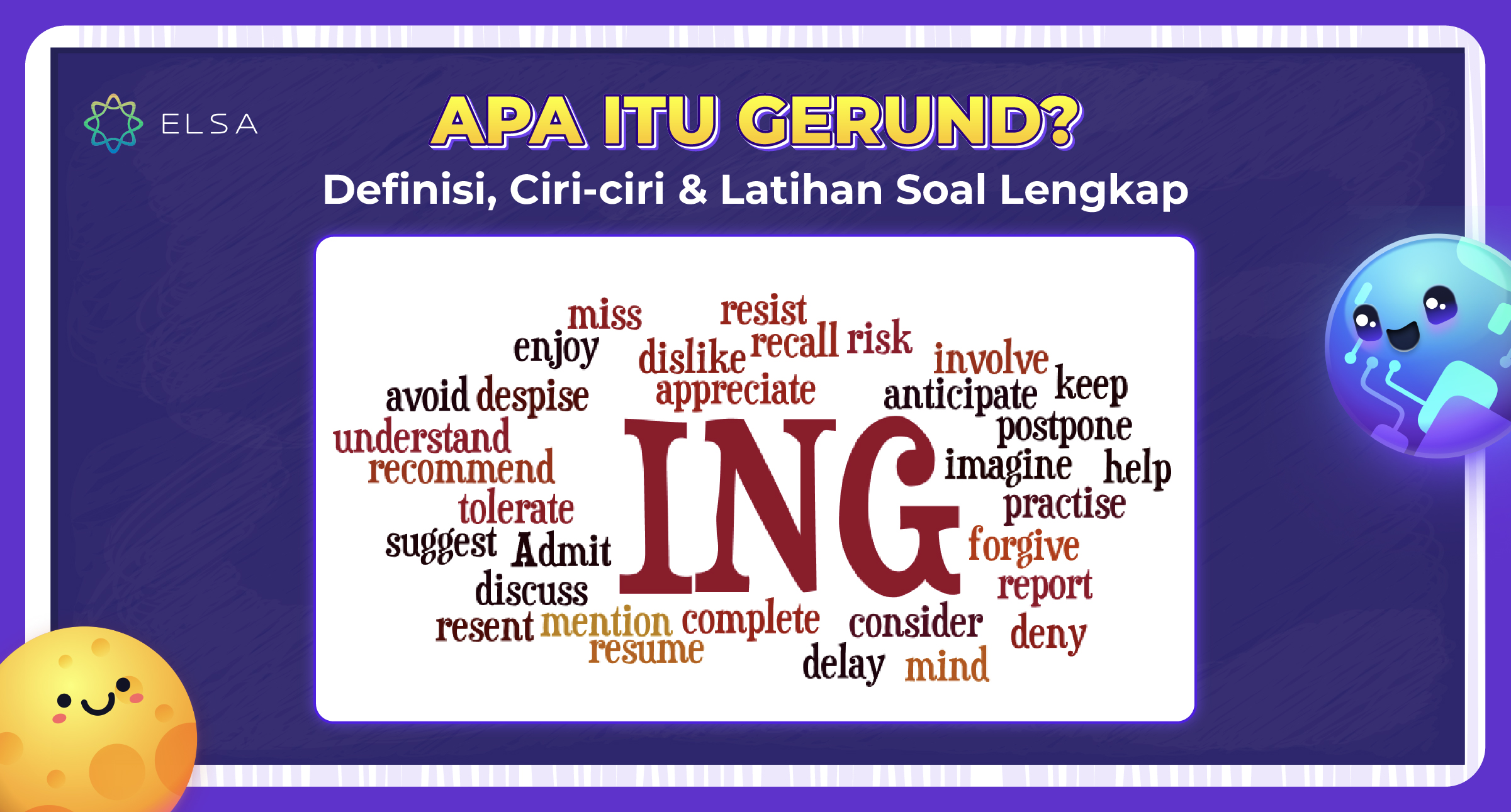
Kalimat langsung, dan kalimat tidak langsung (direct and indirect speech) sering digunakan dalam komunikasi sehari-hari. Hal ini karena ini adalah struktur tata bahasa dasar yang perlu Anda kuasai untuk berhasil dalam ujian. Jadi, bagaimana struktur Reported speech? Apa rumus dari direct indirect speech? Mari kita bersama-sama dengan ELSA memahami seluruh pengetahuan terkait kalimat langsung dan tidak langsung dalam bahasa Inggris melalui artikel di bawah ini ya!
Apa artinya indirect speech dalam bahasa Inggris?
Dalam bahasa Indonesia, reported speech atau juga dikenal sebagai kalimat tidak langsung. Jenis kalimat ini digunakan untuk menyampaikan kembali ucapan seseorang atau diri sendiri.
Tes pengucapan gratis

Kalimat tidak langsung (Indirect speech): Pembicara mengungkapkan kembali ucapan seseorang secara tidak langsung. Dalam kalimat tidak langsung, tanda kutip tidak diperlukan dan terjadi perubahan waktu.
Contoh direct and indirect speech:
- John said that he was going to the store. (John mengatakan bahwa dia pergi ke toko.)
- She asked what time the meeting was. (Dia bertanya jam berapa pertemuan itu.)
Pelajari lebih lanjut: Apa itu kalimat langsung?
Kalimat langsung (Direct speech): Pembicara mengutip langsung ucapan seseorang dengan akurat. Kalimat kutipan akan ditempatkan dalam tanda kutip.
Contoh direct and indirect speech:
- John said, “I am going to the store.” (John berkata, “Saya akan pergi ke toko.”)
- She asked, “What time is the meeting?” (Dia bertanya, “Jam berapa pertemuan itu?”)

Rumus kalimat indirect speech
Kita memiliki struktur kalimat tidak langsung sebagai berikut:
| kata pengantarnya + that + klausa tidak langsung |
Contoh:
- Monica said that she was going to the store. (Monica mengatakan bahwa dia pergi ke toko.)
- My dad asked if I was coming to the party. (Ayah saya bertanya apakah saya datang ke pesta.)
- They exclaimed with joy that they had won the game. (Mereka berseru dengan sukacita bahwa mereka telah memenangkan permainan.)
- My sister exclaimed that she loved chocolate. (Adik perempuan saya berseru bahwa dia suka cokelat.)
Langkah-langkah mengubah kalimat langsung menjadi kalimat tidak langsung (indirect speech)
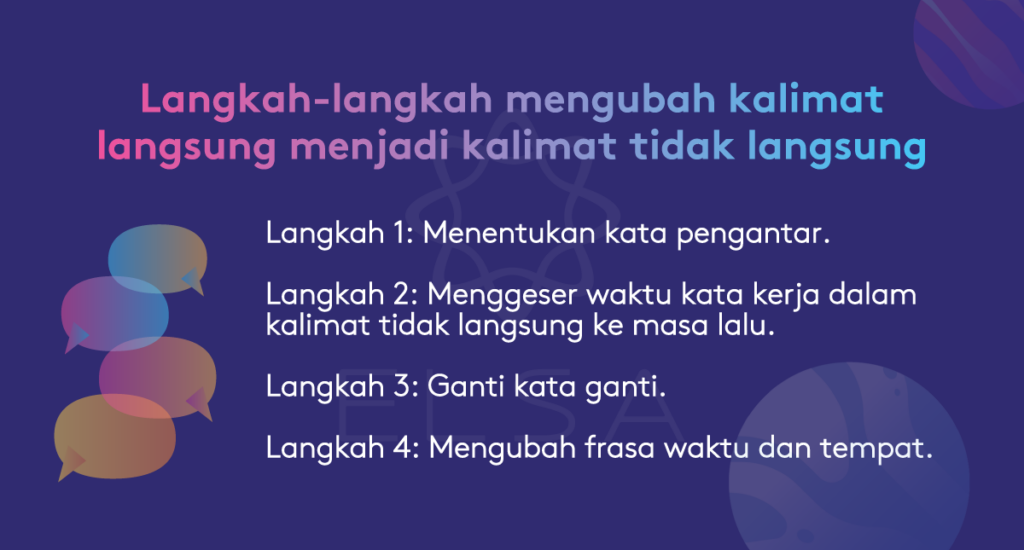
Langkah 1: Menentukan kata pengantar
Dalam kalimat tidak langsung, kita biasanya menggunakan dua kata pengantar utama:
“told”: Digunakan ketika kita menceritakan bahwa Hendry berbicara kepada seseorang yang berbeda.
“said”: Digunakan untuk merinci tanpa menyebutkan pihak ketiga.
– Kalimat contoh: Hendry told me: “My girlfriend will come here to visit me tomorrow”
➔ Hendry told me that my girlfriend would come there to visit me the following day
Selain itu, ada juga kata-kata pengantar lain seperti asked, denied, promised, … Namun, strukturnya tidak sama dengan “said that”.
Catatan: Bisa ada “that” atau tidak ada “that” dalam kalimat tidak langsung.
– Contoh: Morgan Stark says “I love you 3000” with Iron Man
➔ Morgan Stark said she loved Iron Man 3000
Langkah 2: Menggeser waktu kata kerja dalam kalimat tidak langsung ke masa lalu.
Kata kerja dalam kalimat akan digeser ke masa lalu, dan geser satu tense dari saat berbicara. Secara umum, sebagai berikut:
| Tense dalam kalimat langsung | Tense dalam kalimat tidak langsung |
| Tenses Present Simple/Continuous/Perfect | Tenses Past Simple/Continuous/Perfect |
| Tenses Past Simple | Tenses Past Perfect |
| Tenses Past Continuous | Tenses Past Perfect Continuous |
| Past Perfect | Past Perfect |
| Future Simple | Future in the Past |
| Future Simple (am/is/are + going to V) | was/were going to V |
| will (Future Tense) | would |
| Shall/Can/May | Should/Could/Might |
| Should/Could/Might/Would/Must | Tidak berubah |
Langkah 3: Ganti kata ganti
Saat mengubah dari kalimat langsung menjadi tidak langsung, kita juga perlu memperhatikan perubahan pronomina persona, dan kata ganti kepemilikan dalam klausa yang diceritakan secara sesuai.
| Direct speech | Indirect speech |
| I | She/ he |
| We | They |
| You (tunggal) / you (jamak) | I, he, she/ they |
| Us | Them |
| Our | Their |
| Myself | Himself/herself |
| Yourself | Himself/herself/myself |
| Ourselves | Themselves |
| My | His/ Her |
| Me | Him/ Her |
| Your (tunggal) / your (jamak) | His, her, my/Their |
| Our | Their |
| Mine | His/ hers |
| Yours (tunggal)/ Yours (jamak) | His, her, mine/Theirs |
| Us | Them |
| Our | Their |

Langkah 4: Mengubah frasa waktu dan tempat
Waktu, tempat yang tidak lagi terjadi pada saat penuturan sehingga kalimat tidak langsung akan berubah. Beberapa frasa waktu dan tempat yang perlu diubah sebagai berikut:
| Direct speech | Indirect speech |
| Here | There |
| Now | Then |
| Today/tonight | That day/That night |
| Yesterday | The previous day, the day before |
| Tomorrow | The following day, the next day |
| Ago | Before |
| Last (week) | The previous week, the week before |
| Next (week) | The following week, the next week |
| This | That |
| These | Those |
Struktur kalimat tidak langsung yang umum dan cara mengubah kalimat langsung menjadi kalimat tidak langsung.
Direct indirect speech terdiri dari 4 jenis dasar: perintah, pertanyaan, seruan, dan pernyataan.
Indirect speech bentuk perintah
Biasanya, dalam kalimat perintah atau permintaan, kita akan menggunakan kata kerja seperti: command order, ask, request, require…
Rumus pengubahan biasanya seperti berikut:
| Kalimat langsung: S + ask/request/require/… + O + to-infinitive. → Kalimat tidak langsung: S + asked/requested/required + O + to-infinitive. |
Contoh:
• Kalimat langsung: Anna asked Tom, “Help me carry this box.”
→ Kalimat tidak langsung: Anna asked Tom to help her carry that box. (Anna meminta Tom untuk membantunya membawa kotak itu.)
• Kalimat langsung: He requested his employees, “Please finish the report by tomorrow.”
→ Kalimat tidak langsung: He requested his employees to finish the report by tomorrow. (Dia meminta karyawan-karyawannya untuk menyelesaikan laporan tersebut pada hari esok.)
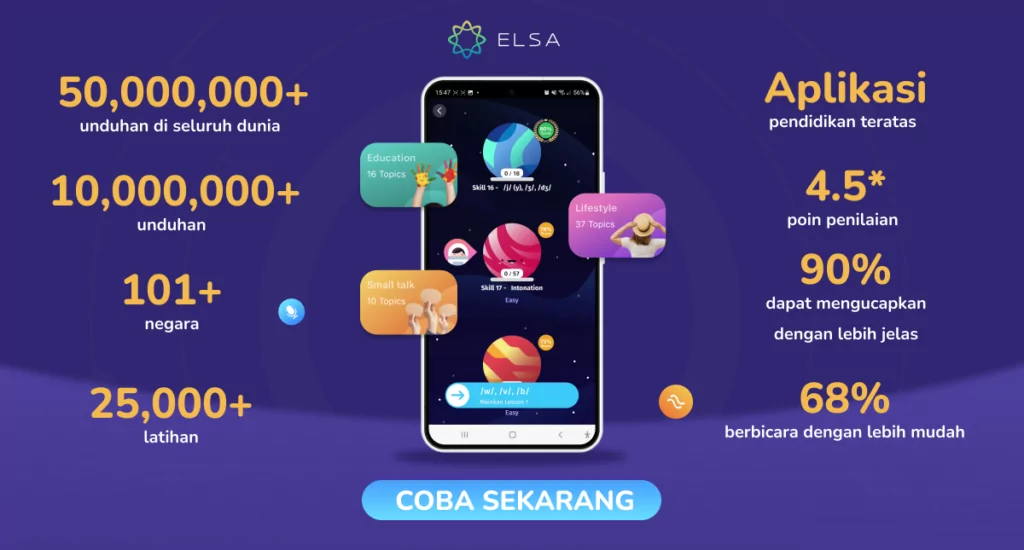
Kalimat tidak langsung dalam bentuk pertanyaan
Kalimat pertanyaan termasuk dua jenis: pertanyaan yes/ no dan pertanyaan Wh-question.
| (Yes/no question) S+ asked/ inquired/wondered/wanted to know + if/whether + S +V (Wh- question) S + asked (+O)/ wanted to know/required/wondered + Wh-words + S + V |
Contoh:
• (Yes/No question) She asked me, “Did you eat dinner?”
→ She asked me if I had eaten dinner. (Dia bertanya kepada saya apakah saya sudah makan malam.)
• (Wh- question) He asked his teacher, “What time does the class start?”
→ He asked his teacher what time the class started. (Dia bertanya kepada gurunya jam berapa kelas dimulai.)
>>Baca:
- Degree of comparisons: Pengertian, Jenis, Rumus, Latihan
- Kata keterangan dalam bahasa Inggris: Klasifikasi, contoh adverb, dan Latihan
Kalimat tidak langsung dalam bentuk seruan
| S + said/told/exclaimed + that + S + V (ubah ke past tense yang sesuai) + O |
Contoh:
• Direct speech: “I can’t believe it!” Andrew said.
→ Indirect speech: Andrew said that he couldn’t believe it. (Andrew mengatakan bahwa dia tidak bisa percaya.)
• Direct speech: “What an amazing performance!” they exclaimed.
→ Indirect speech: They exclaimed that it was an amazing performance. (Mereka berseru bahwa itu adalah penampilan yang luar biasa.)
Kalimat tidak langsung dalam bentuk pernyataan
| S + say(s)/said + that + S + V |
Contoh:
• Kalimat langsung: “I will come tomorrow,” she said.
→ Kalimat tidak langsung: She said that she would come the next day. (Dia mengatakan bahwa dia akan datang keesokan harinya.)
• Kalimat langsung: “I have finished my homework,” he said.
→ Kalimat tidak langsung: He said that he had finished his homework. (Dia mengatakan bahwa dia telah menyelesaikan pekerjaan rumahnya.)
Soal tentang indirect speech
Berikut adalah contoh soal terkait kalimat langsung dan tidak langsung yang bisa Anda praktekkan untuk memperbarui pengetahuan Anda:
Soal 1: Berdasarkan kalimat langsung yang diberikan, pilihlah kalimat tidak langsung yang sesuai
1. “I can swim,” she said.
a) She said that she could swim.
b) She said that she can swim.
c) She says that she could swim.
d) She said that she can swim.
2. “I will go to the party,” he said.
a) He said that he will go to the party.
b) He says that he will go to the party.
c) He said that he would go to the party.
d) He says that he would go to the party.
3. “I don’t like chocolate,” she said.
a) She said that she didn’t like chocolate.
b) She says that she didn’t like chocolate.
c) She said that she doesn’t like chocolate.
d) She says that she doesn’t like chocolate.
4. “I have finished my homework,” he said.
a) He says that he finished his homework.
b) He said that he has finished his homework.
c) He says that he has finished his homework.
d) He said that he had finished his homework.
5. “I can’t come to the meeting,” she said.
a) She said that she can’t come to the meeting.
b) She says that she can’t come to the meeting.
c) She said that she couldn’t come to the meeting.
d) She says that she couldn’t come to the meeting.
Soal 2: Tulis ulang kalimat langsung menjadi tidak langsung sedemikian rupa sehingga maknanya tetap sama
1. “I want to eat pizza,” she said.
→ She said that ________________________.
2. “I have been studying English for two years,” he said.
→ He said that __________________________.
3. “I saw him at the supermarket yesterday,” she said.
→ She said that __________________________.
4. “I will call you later,” he said.
→ He said that ___________________________.
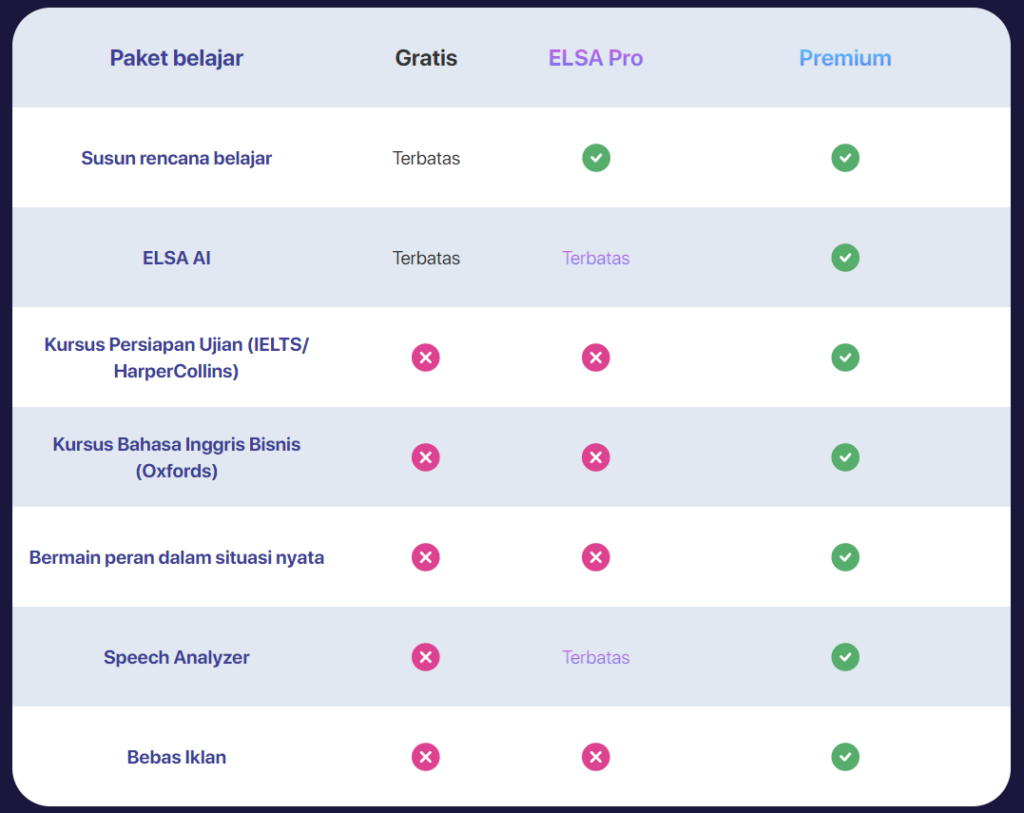
Jawaban tentang soal direct and indirect speech
Soal 1:
1. a) She said that she could swim.
2. c) He said that he would go to the party.
3. a) She said that she didn’t like chocolate.
4. d) He said that he had finished his homework.
5. c) She said that she couldn’t come to the meeting.
Soal 2:
1. She said that she wanted to eat pizza.
2. He said that he had been studying English for two years.
3. She said that she had seen him at the supermarket the day before.
4. He said that he would call me later.
Penguasaan struktur dan cara menggunakan kalimat langsung dan tidak langsung (Reported speech) adalah bagian penting agar Anda dapat percaya diri dalam berkomunikasi dalam bahasa Inggris. ELSA berharap bahwa artikel ini dapat membantu Anda untuk memperluas pengetahuan penting Anda dalam menggunakan direct and indirect speech dengan lebih lancar, tidak hanya dalam konteks sehari-hari tetapi juga dalam ujian.







